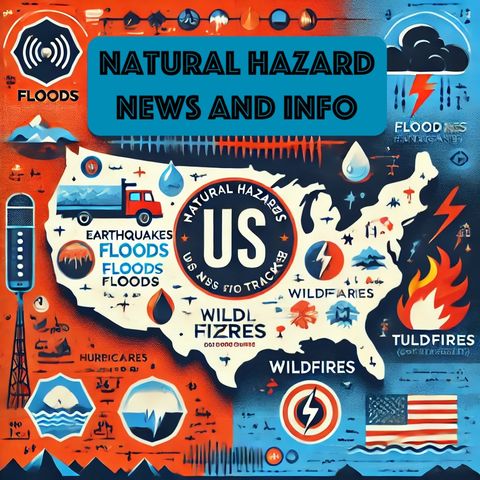"Nuphar Lake's Dramatic Transformation: Insights into Ecological Shifts and Environmental Factors"

Descarga y escucha en cualquier lugar
Descarga tus episodios favoritos y disfrútalos, ¡dondequiera que estés! Regístrate o inicia sesión ahora para acceder a la escucha sin conexión.
"Nuphar Lake's Dramatic Transformation: Insights into Ecological Shifts and Environmental Factors"
Esta transcripción es generada automáticamente. Ten en cuenta que no se garantiza una precisión absoluta.
Descripción
Nuphar Lake, located near the Norris Geyser Basin, experienced significant changes over the course of 2024 that caught the attention of ecologists, tourists, and local authorities alike. At the start...
mostra másTo understand what led to these dramatic changes, it is essential to consider a combination of natural phenomena and environmental factors that may have contributed to this ecological shift. One of the primary factors under consideration is the region's climatic variations, particularly the unusually warm and dry weather patterns experienced throughout the year. The area around Norris Geyser Basin, known for its geothermal activity, faced an unexpectedly harsh drought during the summer months. This reduced rainfall not only affected the lake's water supply but also heightened evaporation rates, leading to a significant drop in water levels.
In addition to the climatic conditions, geological activity could have played a key role. The Norris Geyser Basin is part of the Yellowstone Caldera, an extensive volcanic hotspot known for its geothermal features. Changes in geothermal activity, such as altered subsurface heat flows or seismic events, can influence the hydrology of nearby bodies of water like Nuphar Lake. An increase in geothermal activity may have led to the warming and subsequent evaporation of the lake’s water, exacerbating the effects of the drought.
The appearance of dead trees encircling the lake's new shoreline is further evidence of the ecological impact. Normally, these trees would flourish in the moist soil surrounding the lake, but the sudden drop in water levels likely disrupted their access to essential nutrients and water. As the lake receded, their roots were left exposed to harsher environmental conditions, resulting in their eventual demise.
Local wildlife and plant species were also directly impacted by these changes. Reduced water availability would have forced aquatic organisms to relocate or face increased competition for diminishing resources. Meanwhile, terrestrial animals, reliant on the lake as a water source or as a habitat for their prey, had to adapt to the new conditions or move to other areas to survive. The overall biodiversity of the area would likely suffer in the face of such disruptions, potentially leading to long-term ecological consequences.
In response to these worrying developments, environmental scientists and local authorities are investigating the causes behind Nuphar Lake's transformation. They are employing satellite imagery, on-site inspections, and water and soil analyses to better understand the interplay of factors that contributed to this incident. By closely monitoring the situation and examining historical data, researchers hope to gain insights into the region's hydrological cycles and better prepare for future events of this nature.
The dramatic changes observed at Nuphar Lake serve as a reminder of the delicate balance in natural ecosystems and the potential impacts of climatic and geological shifts. As researchers continue to study the factors behind these changes, such events underscore the importance of sustainable environmental management and proactive measures in response to natural disasters and ecological challenges.
Información
| Autor | QP-4 |
| Organización | William Corbin |
| Página web | - |
| Etiquetas |
Copyright 2024 - Spreaker Inc. an iHeartMedia Company
